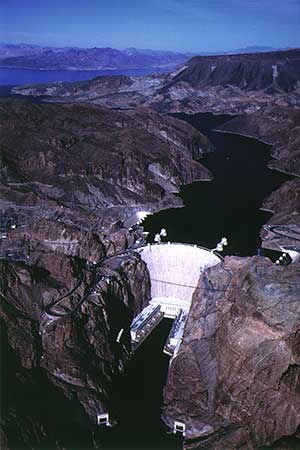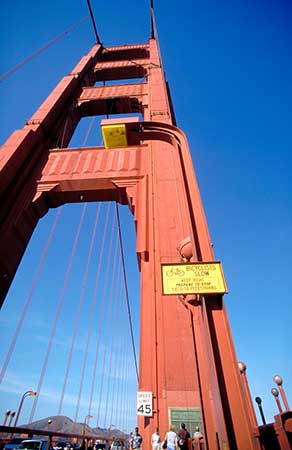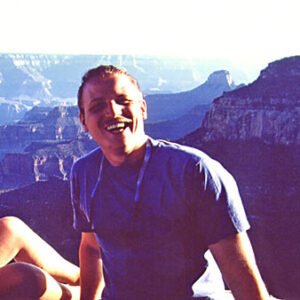You are here: Nature Science Photography – Image creation, Depth and Size – Photographic space mapping
The direction of view of the camera determines the position of the vanishing point of the horizontal and vertical parallels from the shooting point located at a given distance and angle to the subject. If we point the camera upwards (frog’s perspective), it is above the object depicted. If we point the camera downward (bird’s-eye view), it is below the object, and if we simply point it forward at a 90° angle between these two extremes (eye perspective), it is on the horizon.
The top-down view, also known as bird’s-eye perspective, shifts the image horizon upward and may even exclude it altogether. In landscape photography, of course, the sky is particularly affected by this. If the shooting distance remains the same, objects in the foreground will differ only slightly from those in the background in terms of their image size when using bird’s-eye view, and will therefore appear less dominant. The word „dominating“ is another keyword, because the psychological effect of looking down from above should not be underestimated, because it implies a position of power on the part of the viewer. In addition, the bird’s-eye view promotes the expansion of horizontal motif areas in the picture, whereas vertical areas are depicted smaller because they are more diagonal.

The frog perspective, the view from below upwards, conversely emphasizes the vertical extension of all motif elements and thus their significance. Depending on how much you tilt the camera upward, these objects can be depicted as tall, towering or even smothering.

The more we incline the line of sight in bird’s-eye and frog’s-eye perspectives, the further up or down we shift the vanishing point, and the steeper the vanishing lines must be in order to meet in it. It is this steepness that helps a picture to become more dramatic and exciting, and it is usually what is meant when someone speaks of „steep“ or „flat perspective“.
Between these two extremes lies our normal visual impression associated with eye perspective. It divides the image into two mostly symmetrical halves and makes all lines of flight converge towards a center of perspective, which is at the eye level of the viewer. According to the known rules, the further away the picture elements are, the smaller they are shown. Their use does not promote any particular dynamic effect in the picture and is therefore suitable for motifs which already carry this dynamic effect by themselves.

Next Imaging factors
Main Image creation, Depth and Size
Previous Viewing angle
If you found this post useful and want to support the continuation of my writing without intrusive advertising, please consider supporting. Your assistance goes towards helping make the content on this website even better. If you’d like to make a one-time ‘tip’ and buy me a coffee, I have a Ko-Fi page. Your support means a lot. Thank you!


 Since I started my first website in the year 2000, I’ve written and published ten books in the German language about photographing the amazing natural wonders of the American West, the details of our visual perception and its photography-related counterparts, and tried to shed some light on the immaterial concepts of quantum and chaos. Now all this material becomes freely accessible on this dedicated English website. I hope many of you find answers and inspiration there. My books are on
Since I started my first website in the year 2000, I’ve written and published ten books in the German language about photographing the amazing natural wonders of the American West, the details of our visual perception and its photography-related counterparts, and tried to shed some light on the immaterial concepts of quantum and chaos. Now all this material becomes freely accessible on this dedicated English website. I hope many of you find answers and inspiration there. My books are on